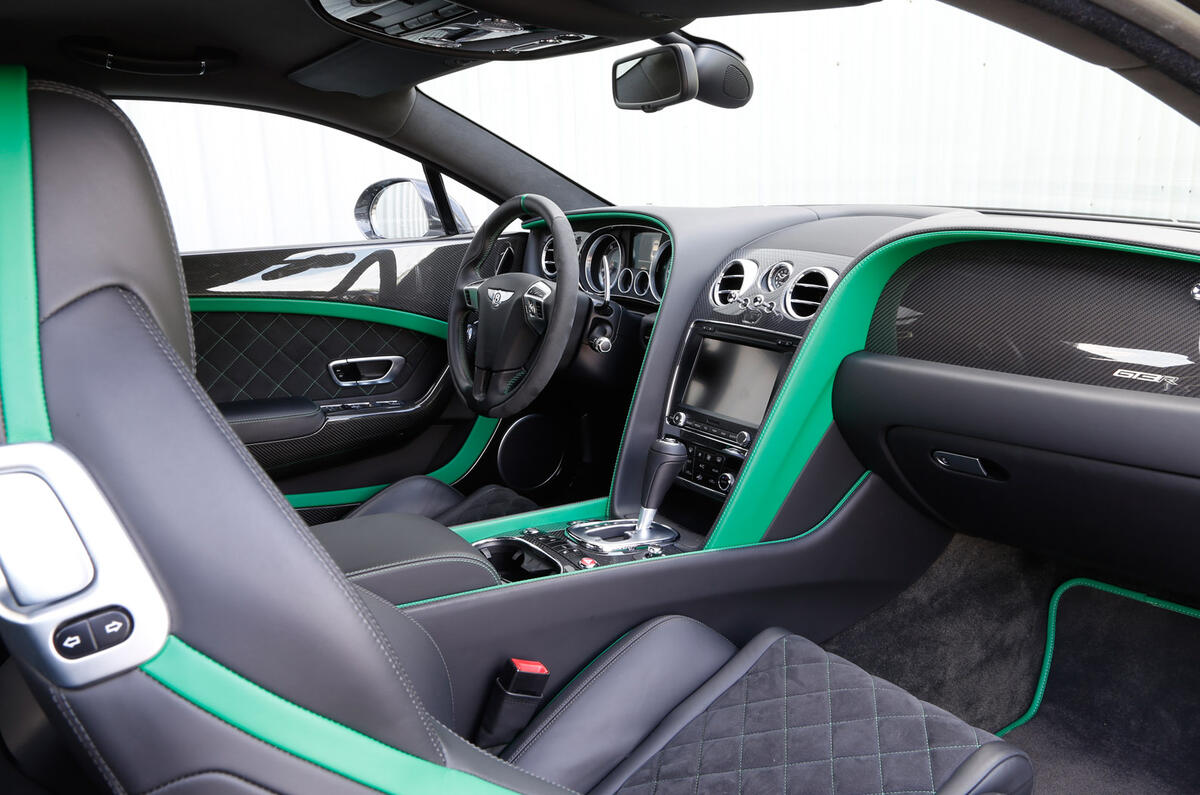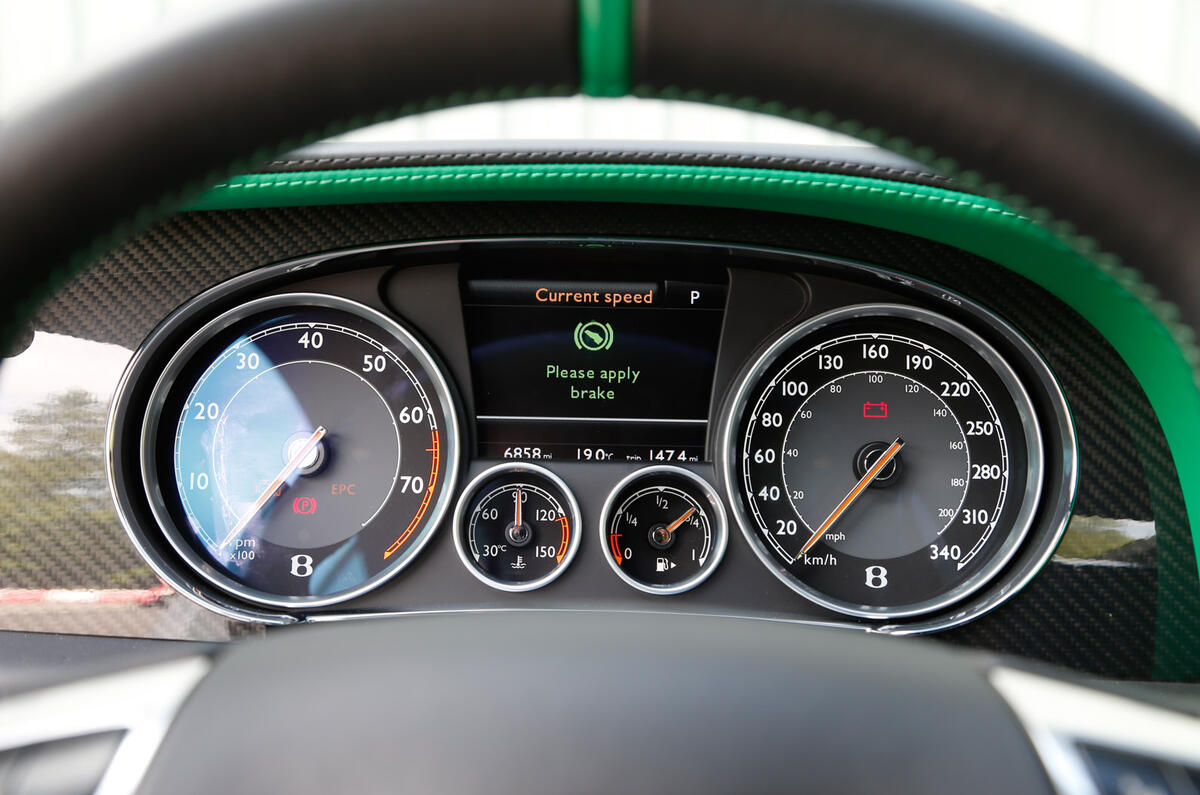The subject of this road test is emblematic of Bentley’s growing confidence and prosperity. The Continental GT3-R is, in Bentley’s words, “the most dynamic, responsive and involving Bentley road car ever”.
It is also a £240,000 Continental GT. Even a company as illustrious as this needs to be in chest-thumping mode to consider pushing the boat out so far.
But the significance of the GT3-R extends beyond the obvious. It’s now more than a decade since Bentley’s Speed 8 won the Le Mans 24-hour race – an absence from international motorsport evidently considered long enough by Crewe’s top brass and parent company Volkswagen.
That’s because, after being shown in concept form in 2012, the firm’s Continental GT3 endurance racer led it back onto the track last year. Out of the box, it ended an 84-year wait for a Bentley motorsport win on British soil when the Blancpain Endurance Series visited Silverstone.
It also scooped a win in the same series at Paul Ricard, won the Pirelli World Challenge at Miller Motorsports Park in the US and successfully completed an eventful 24-hour race at Spa.
You could call that a successful maiden season. Bentley certainly would. It’s also seen as justification for the introduction of a road-going tribute to that success: the limited-run Continental GT3-R.




























































